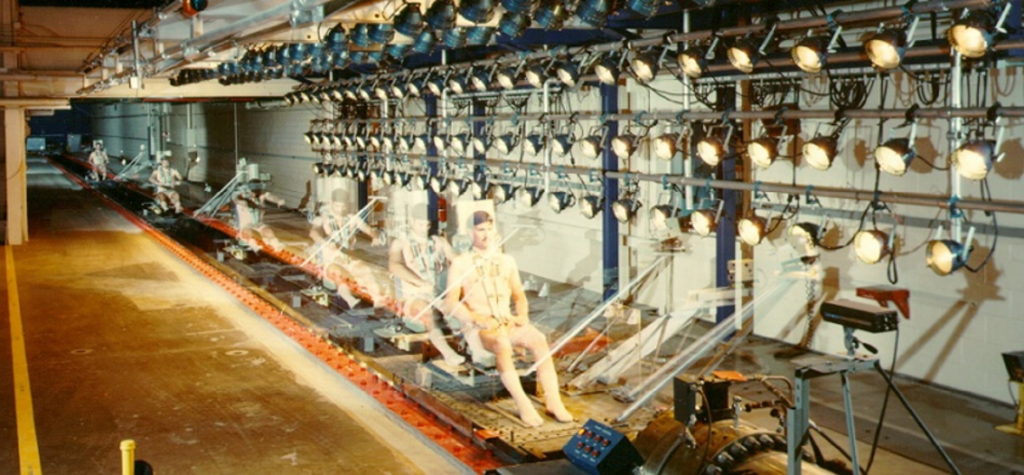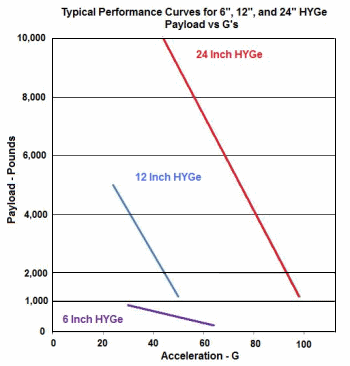
Since the first HYGETM reverse accelerator system was developed in 1963, more than 60 such facilities have been built worldwide. They have been used in developing restraint systems in the automotive, aerospace, rail and military industries. The success of this technique has been based on four main factors:
- Reliability – just one major moving part with minimal turn round time between tests
- Repeatability – within 2% between firings, vital for restraint systems testing
- Accuracy – exceptional ability to replicate actual vehicle crash test accelerations
- Flexibility – application ranging from very low accelerations for rail vehicles to very high for simulating explosive blasts.
The HYGETM system is designed to simulate the effects of a collision in an acceleration rather than a deceleration mode. The HYGETM design provides extremely repeatable and reproducible acceleration pulses, enabling accurate simulation and modeling of crash conditions in nondestructive fashion. A given pulse can be accurately produced on any HYGETM system, enabling component suppliers and OEM manufacturers to share testing programs and data interchangeably. The HYGETM system has proven its repeatability over time. Systems over 55 years old routinely demonstrate repeatability of better than +/-2%.
HYGETM systems are used by virtually all of the world’s automobile manufacturers to test passenger safety devices such as seats, seat belts, child restraints, and air bags, as well as components such as door latches, windshield mounts, and fuel tank mounts. HYGETM systems are also widely used for aircraft safety tests.
We offer five standard HYGETM system designs which can be tailored to meet your requirements. The base system configuration are listed below. The size denotes the diameter of the thrust piston.

 The Dynatest 500 has stroke length of 12 inches (305mm) simulates the effects of a collision in either acceleration or a deceleration mode. It is designed to test components such as door latches, windshield, transmission, engine, fuel tank mounts, body parts, etc.
The Dynatest 500 has stroke length of 12 inches (305mm) simulates the effects of a collision in either acceleration or a deceleration mode. It is designed to test components such as door latches, windshield, transmission, engine, fuel tank mounts, body parts, etc.
The 6-inch HYGETM Vertical has a stroke length of two (2) feet, It is designed for testing small components or hand held devises.
The 6-inch HYGETM Horizontal has a stroke length of two (2) feet, delivering up to 64 g’s on payloads ranging from 150 to 600 pounds. It is designed for testing components and small car bucks.
The 12-inch HYGETM offers a stroke length of five (5) feet, and is capable of testing complete vehicles as well as major subassemblies. Over 40 units of this type have been installed around the world. Virtually every major automobile manufacturer and many major suppliers own these systems.
The 24-inch HYGETM is designed for testing school buses and trucks, as well as seating anchors in aircraft.


